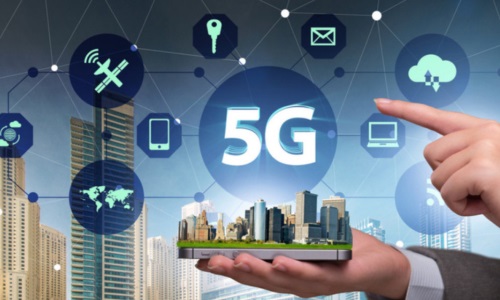
The 5G Core Network (5GC) is a fundamental component of the 5G architecture, which supports a wide range of services and functionalities that enable the next generation of mobile communication.
The evolution from 4G to 5G introduces significant enhancements in terms of speed, latency, capacity, reliability, and the ability to connect a massive number of devices. Here are the key features and components of the 5G Core Network:








Service-Based Architecture (SBA): The 5G Core utilizes a service-based architecture where network functions are designed as independent modules that communicate via a set of defined APIs. This allows for greater flexibility and scalability.
Network Slicing: 5G Core enables the creation of multiple virtual networks, known as network slices, on a single physical infrastructure. Each slice can be customized for specific use cases, such as IoT, mobile broadband, or ultra-reliable low-latency communication (URLLC).
Edge Computing: The 5G architecture supports edge computing, allowing data processing to occur closer to the end user. This reduces latency and is particularly beneficial for applications requiring rapid responses, such as autonomous vehicles and augmented reality.
Enhanced Mobile Broadband (eMBB): This feature focuses on providing high-speed internet to users, enabling applications like HD video streaming and virtual reality.
Ultra-Reliable Low-Latency Communication (URLLC): Designed for critical applications where reliability and latency are crucial, such as remote surgery or industrial automation.
Massive Machine-Type Communications (mMTC): Supports the connection of a massive number of IoT devices, optimizing battery life and connecting devices with low power requirements.
User Plane Function (UPF): Handles user data traffic and routing to and from external data networks.
Session Management Function (SMF): Manages sessions, including creation, modification, and deletion of data sessions.
Access and Mobility Management Function (AMF): Manages user registration, connection, and mobility management.
Network Repository Function (NRF): Keeps track of available network functions and their instances, facilitating service discovery.
Network Exposure Function (NEF): Provides APIs for third-party applications, allowing them to interact with the network.
Unified Data Management (UDM): Manages subscription and user-specific data.
Policy Control Function (PCF): Provides policy rules for resource allocation, QoS management, and service control.
Battery and Resource Management (B&R Management): Deals with optimization of battery use and resources across various functions and services.
Higher Capacity: Significantly more devices can be connected in densely populated areas without degradation of service.
Lower Latency: Enhanced responsiveness is crucial for real-time applications.
Flexibility and Scalability: The core network can easily adapt to changing demands and support new services without major overhauls.
Improved Efficiency: Better resource management leads to improved performance and lower operational costs for service providers.
The 5G Core Network is a revolutionary step in mobile networking that enables various advanced applications and services. Its architecture and capabilities are pivotal in supporting future innovations in telecommunications, IoT, automation, and beyond, making it a cornerstone in the development of smart cities, connected vehicles, and other technologies shaping the future.


Leave a Reply